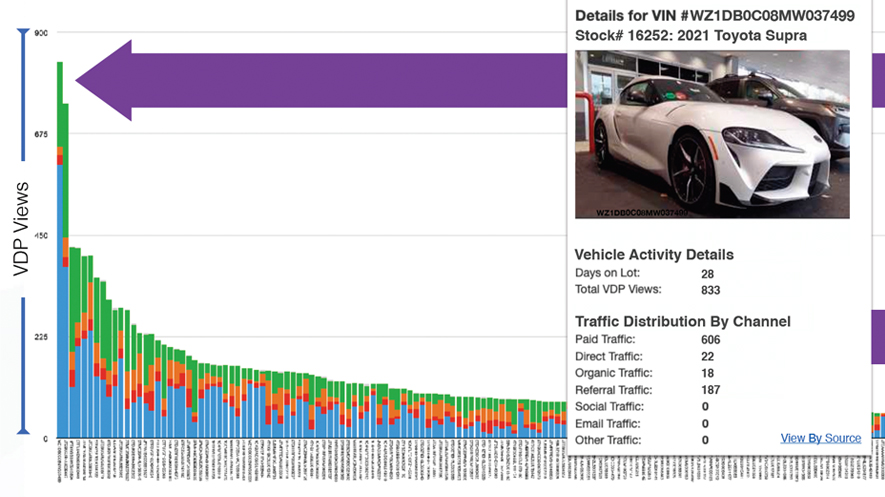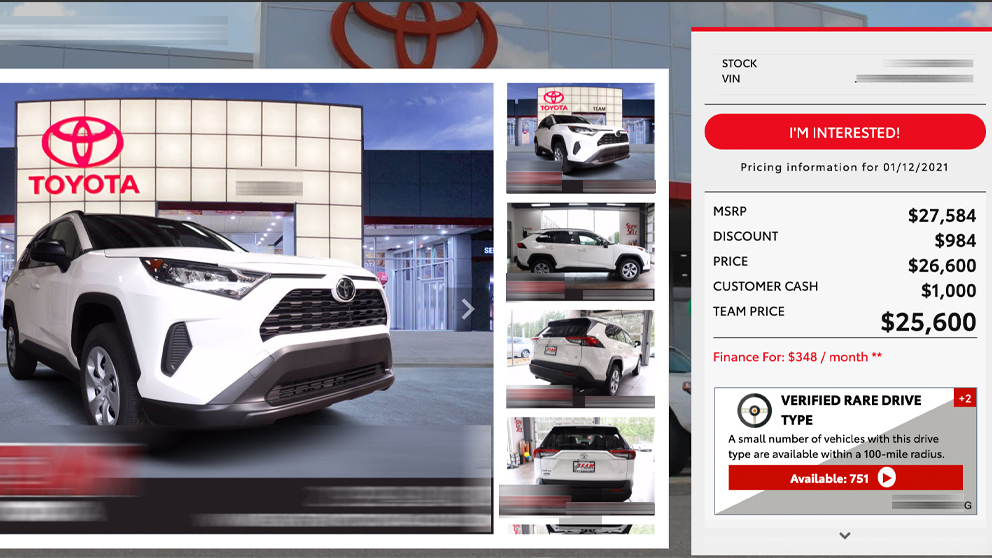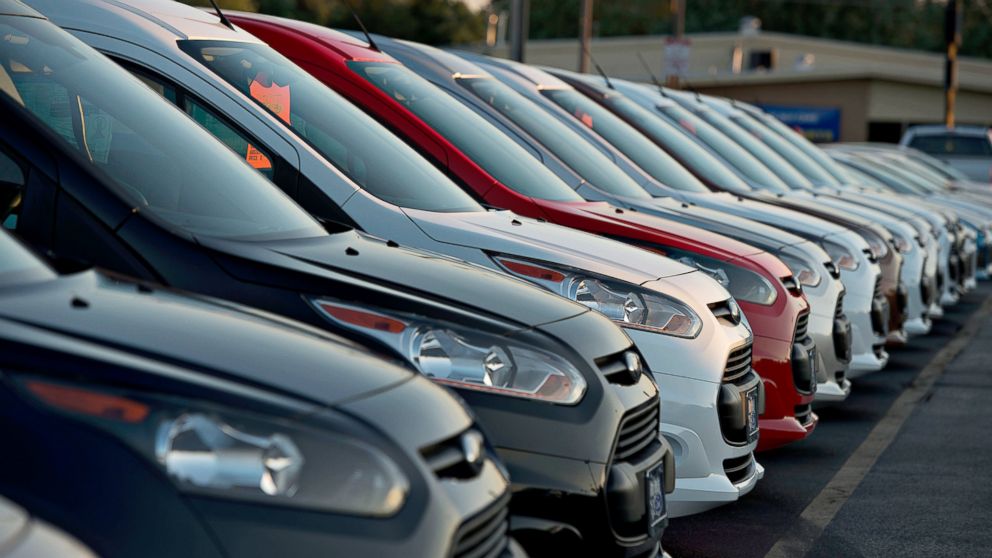Assessing the Limitations of Print Advertising for your Dealership.
Remember waking up to the Saturday morning newspaper and racing to the comics section? Mom and dad going through, clipping the coupons for the afternoon grocery run while reading up on the week’s newsworthy events. It was a perfect collation of everything you needed to know in one broadsheet wrapper. The daily and weekly newspaper have been a part of society since our great-great-great grandparent’s day and possibly even before. As with many things in the modern world, the things that have historically been the norm are now changing and evolving. The print industry is no different.
The cost of producing a daily/weekly newspaper has always been high. However, with the decrease in readership and the increase in the use of mobile devices, reading what you want when you want (even when you’re on the go) has served to reduce the need for the daily. Add to that the massive debt level, difficult labor agreements, and the social perception of trees for newsprint and you’ve got a problem. This reduced readership paired with the lack of advertising attribution and it’s obvious why print has, in many cases, become an afterthought when it comes to the advertisers and marketing teams.
Due to these limitations, there are only a few circumstances in which I believe you could benefit from the use of print as part of your dealership’s advertising spend.
When You Could Use Print
Dealerships all over the country still use print advertising; that is a fact. Print is still impactful – a fact that many digital media pundits would rather ignore. The thing is that there are still people out there that prefer to read news media in the printed form, rather than using their computer, tablet or their smartphone. Not every person in your market lives the connected lifestyle that most of us do. In fact, I met with the head of a large newspaper company a few months ago. This man (who was pushing 80), was adamant that car buyers bought vehicles using his paper. I was talking about the standard online consumer percentages and he abruptly stood up from the meeting table in his office, pulled a newspaper off the top of the two-foot pile of past days papers, opened it to the center spread which was an ad from a local dealer. He planted his hands firmly on the pages and stared me in the eyes, and said – “THIS… This is where people shop for cars.” So, you may say, “ya, but he’s 80” or “sure, but how many people actually read the paper.” But I gave him even more credit when he predicted that I was likely some loyal Volvo driver … which I am.
If you live in a community that relies on its local paper to deliver the news of the day, and word-of-mouth still nets more traffic than a slick SEM campaign, then you should definitely spend some of your advertising budget on print. This is where your consumer is and where they traditionally prefer to get their information. To spend all of your budget online is counter to how they shop will only serve to lose your potential buyers to the competition.
Secondly, if you are the only Ford or Toyota dealer for a hundred miles and are running a few big events every year to move surplus inventory, then, by all means, leverage the reach of that local paper. This can also serve to win you favor with the local community – particularly if you can use it to activate other local sports or arts sponsorships that you’re activating.
Third, you’re not focussing on a specific group of cars but rather your total inventory in general or your brand in the community. In these cases, there is less need for regular creative updates required. If you want to run the same ad repeatedly for a month with the same message, that’s a pretty good indication it’s good for print. In all of these cases, be sure that the audience of the publication is a good match for your store and that the budget equates to a reasonable cost per thousand.
When to Choose Other Technologies
Now, here is how you tell if print is not for you. If yours in one of several Ford or Toyota dealers in your city, taking out regular ads in your newspaper is likely too costly for the reach it provides. Additionally, if you are moving a significant amount of inventory daily and weekly, changing up the ad images will likely become far too time-consuming. Frankly, if you are a dealership with high inventory turnover, and you want to market specific cars, print just doesn’t make sense as your main advertising platform. It may be one of the best places to trim your advertising dollars.
The former monopolistic force of print has since become just another advertising delivery method in the sea of fragmented media opportunities. Though print media will likely always be around in some form, its limited reach in larger urban centers and the lack of attributable performance data are causing it to become less and less prevalent in the dealership marketing plans.







